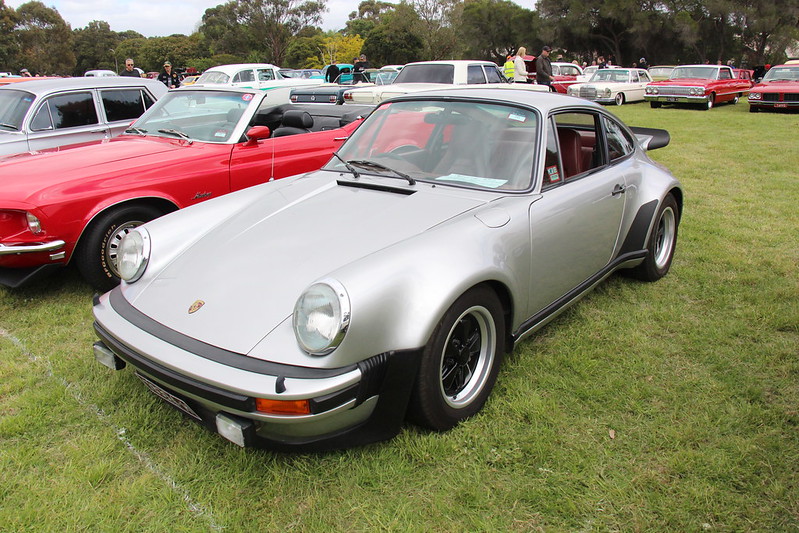Automotive design is a tricky blend of innovation, function, and fashion. What looks cutting-edge one year can seem clunky or overstyled just a few years later. On the flip side, some vehicles achieve a rare kind of timelessness—designs that defy age and remain visually appealing even as trends shift.
A car’s aesthetic longevity is about more than just taste; it’s a reflection of how well its lines, proportions, and details were conceived. Whether you’re a collector, a used-car shopper, or just a car enthusiast, how a vehicle ages stylistically plays a big role in how it’s perceived over time.
The automotive world moves fast. Every decade brings sweeping changes in technology, safety regulations, and buyer expectations. Designers have to work within constraints—things like pedestrian safety laws, aerodynamic targets, and interior space requirements—all of which influence the final shape of a car.
The ones that age well tend to have clean lines, minimal trend-based gimmicks, and proportions that feel natural. On the other hand, cars that try too hard to be edgy or futuristic often end up looking awkward within just a few years.
This list explores ten vehicles—five that retain their visual charm long after their showroom days are over, and five that quickly lose their luster. We’re not talking about mechanical reliability or performance here—this is about design longevity. From curvy sports cars to utilitarian SUVs, the auto industry is full of examples that highlight the fine line between iconic and outdated.
Some of these vehicles have become cult classics thanks to their timeless design, while others have faded into obscurity because their looks didn’t hold up. If you’ve ever glanced at an old car and thought, “Wow, that still looks great,” or “What were they thinking?”—this one’s for you.
Also Read: 10 Cars That Can Run Up to 250,000 Miles Without Major Repairs
Table of Contents
Toggle5 Vehicles That Don’t Age Aesthetically

1994–2004 Porsche 911 (993 and 996 Generations)
Porsche has long been known for evolutionary rather than revolutionary design, and few cars illustrate this better than the 911. The 993 and 996 generations, produced from the mid-1990s to early 2000s, are often cited as examples of designs that wear their age exceptionally well.
The 993’s rounded but purposeful lines exude a kind of classic elegance. It was the last air-cooled 911, and its proportions—long hood, rear engine hump, and pronounced fenders—feel intentionally timeless rather than bound to the trends of its era.
Even the controversial 996, with its “fried egg” headlights, has found renewed appreciation in the collector world. What once seemed like a radical departure has mellowed with time. Its smooth bodywork, integrated bumpers, and streamlined shape have aged far better than many of its early-2000s peers.
While other cars from that era are now squarely “used cars,” the 996 retains a distinct identity and prestige. It speaks to the power of brand consistency and restraint in design—two things Porsche has always prioritized.
Whether sitting still or in motion, both the 993 and 996 carry themselves with composure. They don’t rely on aggressive creases or exaggerated proportions. Instead, they offer subtlety and balance—qualities that transcend fads. Even today, a well-kept 911 from this era wouldn’t look out of place next to modern sports cars. That ability to remain relevant without constant reinvention is the hallmark of great design.
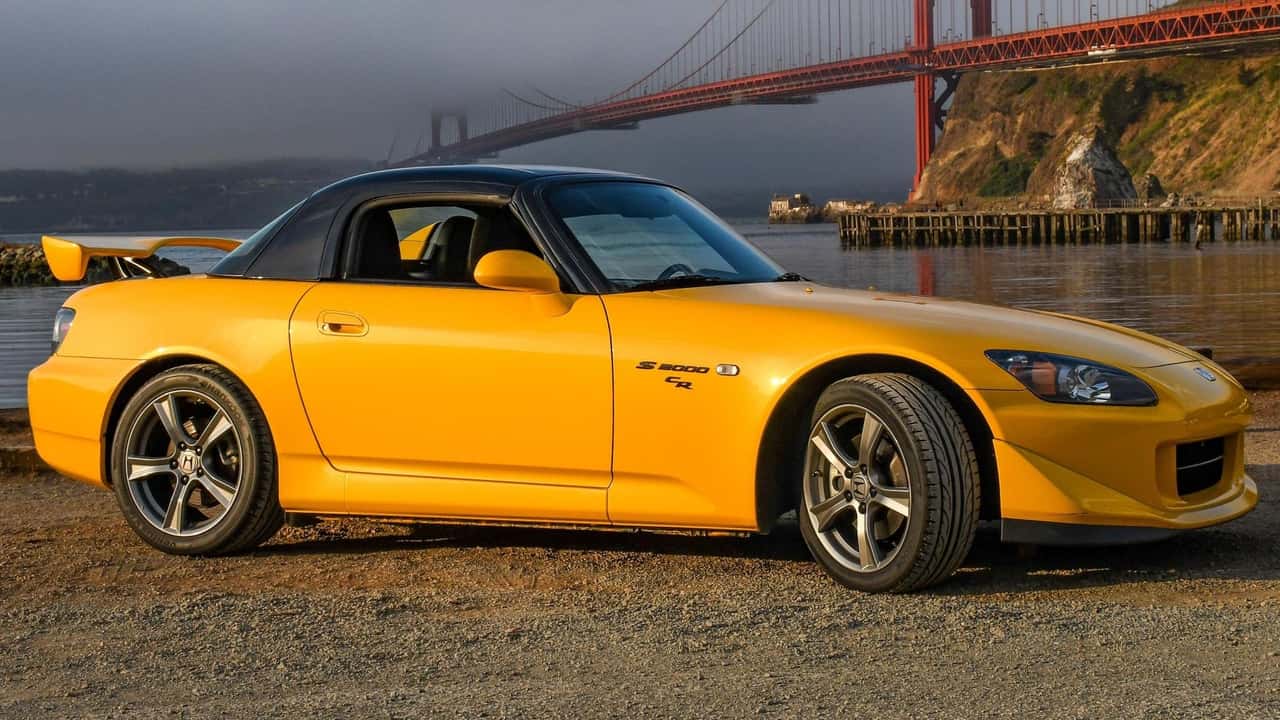
2003–2009 Honda S2000
The Honda S2000 is one of those rare cars that managed to look modern from the day it launched and still turns heads decades later. With its long hood, short rear deck, and cab-rearward stance, the S2000 channels classic roadster proportions without mimicking anyone else’s style.
Its taut, low-slung shape communicates speed and precision even when parked. There’s a purity to the design—uncluttered lines, no fake vents, and minimal overhangs—that helps it avoid looking outdated even as trends evolve.
Part of the S2000’s aesthetic success lies in its proportions. Designers focused on making it functional and athletic rather than flashy. The front fenders are subtly flared, and the rear taillights have just enough detailing to avoid looking generic. With the top down, the car looks even better—purposeful and lean, like a runner in mid-stride.
Unlike many of its competitors from the early 2000s, which suffered from overwrought styling or awkward detailing, the S2000 kept things tight and tasteful.
Even in today’s world of oversized grilles and LED excess, the S2000’s clean design still feels right. It’s a car that rewards the viewer with small details the closer they look. And because it doesn’t try too hard to look “futuristic,” it avoids the pitfall of becoming a relic. It’s no wonder enthusiasts keep their S2000s looking immaculate—this is a car that never went out of style.
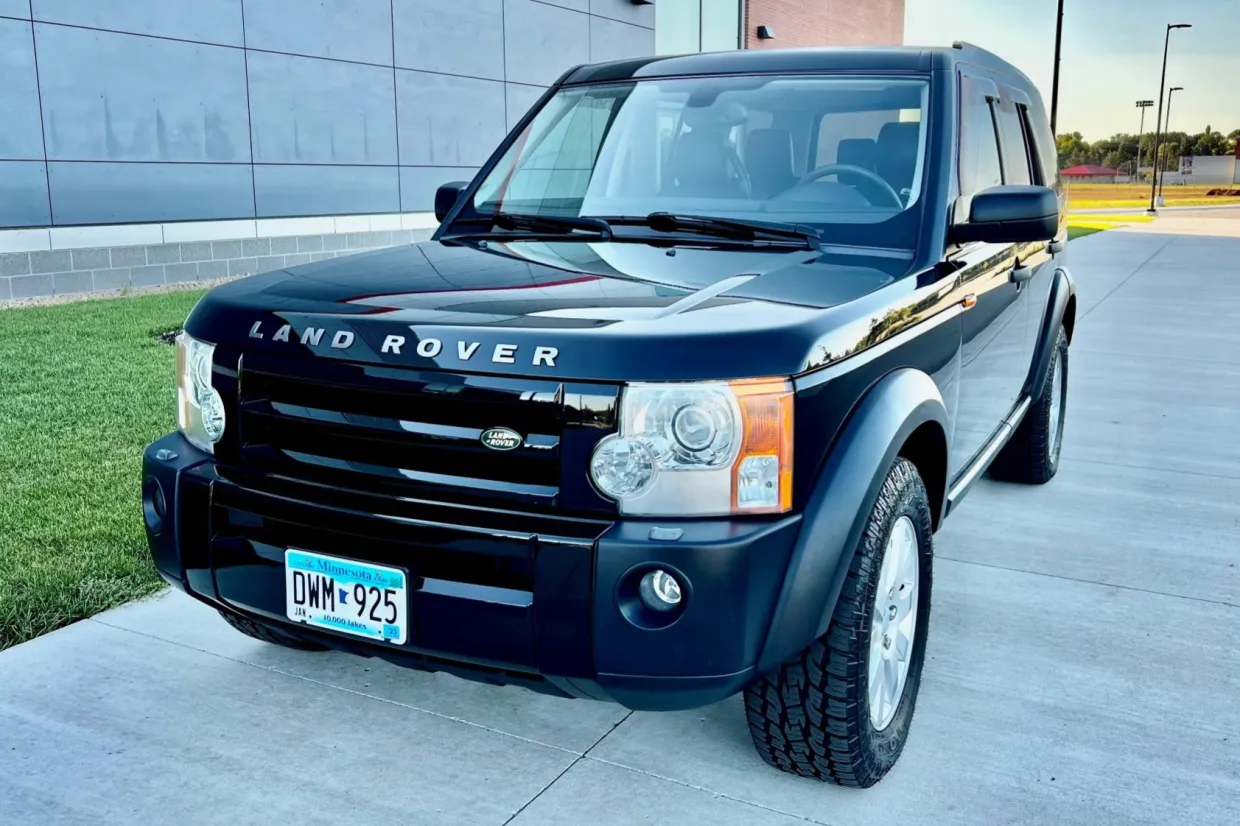
2005–2014 Land Rover LR3 / LR4
Land Rover’s LR3 and LR4 are excellent examples of how utility-focused design can result in a timeless aesthetic. These SUVs don’t rely on sleekness or ornamentation; instead, their boxy, upright stance gives them a strong presence that has aged remarkably well. The flat roofline, square proportions, and prominent C-pillars create a silhouette that’s both functional and distinctive. It’s not just a slab-sided SUV—it’s a design that communicates confidence and capability.
While many crossovers and SUVs from the same period now look awkward or overly rounded, the LR3/LR4 still looks relevant. That’s partly because the design isn’t trying to mimic a sedan—it embraces its SUV-ness unapologetically.
The asymmetrical tailgate, roof steps, and high beltline add character, while the flush glass and clean panel gaps give it a premium feel. Even newer Land Rover models retain elements of this design, a testament to its lasting appeal.
There’s also an inherent honesty in how the LR3/LR4 looks. It’s not pretending to be sporty or luxurious—it’s a refined tool built for exploration. That clarity of purpose helps it avoid the datedness that plagues trend-chasing designs. Whether you’re driving through the city or parked at a trailhead, the LR3 and LR4 continue to look solid, composed, and thoroughly modern.
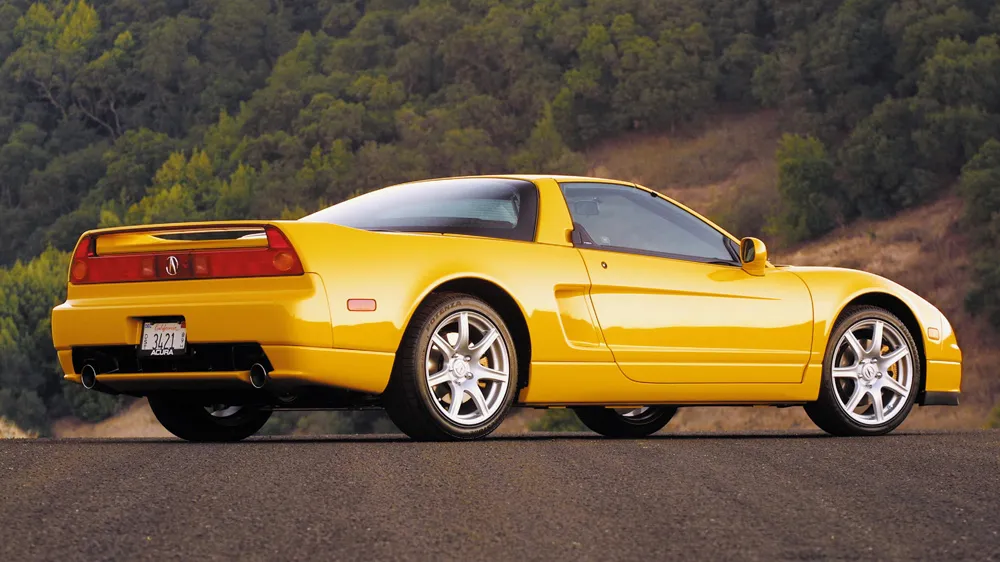
1990–2001 Acura NSX
The original Acura NSX was a revolution when it debuted—not just for its performance, but for how it looked. Inspired by F-16 fighter jets and Formula One cars, the NSX had a futuristic yet clean design that balanced aggression with elegance. Its low stance, mid-engine proportions, and flush headlights gave it a supercar vibe without excessive flourishes. Even today, the NSX stands out—not as a relic, but as a rare object of design clarity.
What’s fascinating about the NSX is that it didn’t look like anything else on the road, yet it avoided feeling weird or forced. Its curves are graceful, and the proportions are just right: wide enough to look exotic, but not cartoonish. As supercars from the 1990s aged into wedge-shaped oddities or angular nightmares, the NSX retained its composure. Its design was driven by aerodynamics and function, which helped it avoid the pitfall of form for form’s sake.
Collectors and car lovers often remark on how “clean” the NSX looks compared to modern hypercars. There’s a refreshing simplicity to it—no scoops, no aggressive aero, just a sleek body and a cockpit designed for the driver. That restraint is exactly why it still looks so good today. A well-maintained NSX doesn’t scream for attention—it earns it.
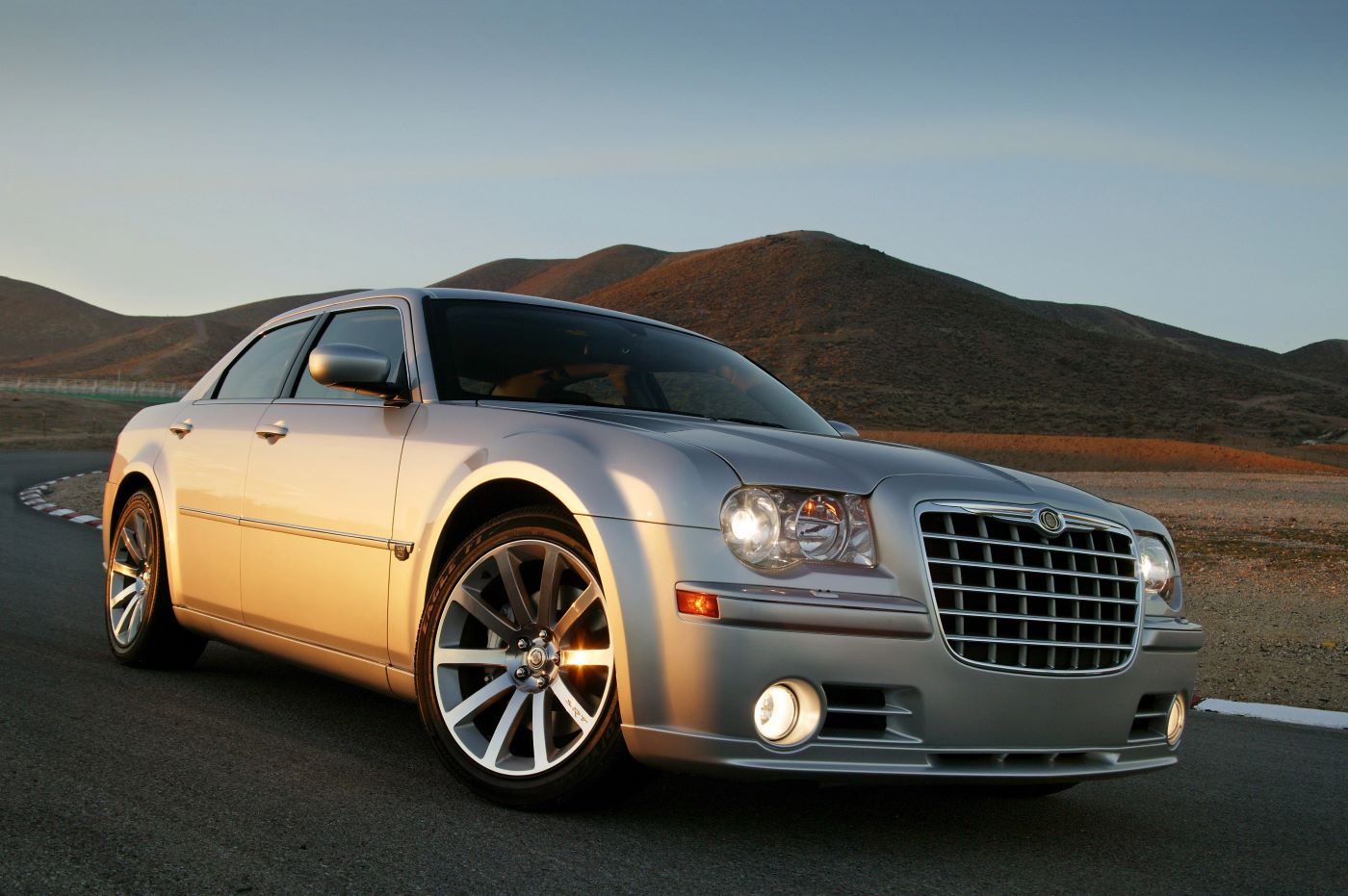
2004–2010 Chrysler 300
The Chrysler 300, particularly in its first modern generation, broke new ground for American sedans and aged far better than many expected. Introduced in 2004, the 300 offered a bold, upright design that nodded to classic American luxury while feeling fresh and assertive.
The long hood, short deck, and high beltline gave it a commanding presence, and the Bentley-esque front grille became its signature. At a time when most sedans were going softer and more rounded, the 300 went in the opposite direction—and it worked.
Despite changes in design language across the industry, the original 300’s aesthetic has held up. It doesn’t look dated so much as “classic-modern”—a rare balance. Part of its visual longevity comes from the fact that Chrysler didn’t overdesign it.
Clean lines, strong surfaces, and squared-off shoulders gave it a planted, masculine look that feels just as at home today as it did in the mid-2000s. Even newer versions of the car haven’t strayed far from the original formula.
The 300’s success lies in its identity. It wasn’t trying to look like a European sports sedan or a Japanese luxury car. It looked like an American bruiser—and that boldness helped it age with dignity. Whether in base form or the tire-shredding SRT8, the Chrysler 300 remains one of the few large sedans from the 2000s that still looks relevant and sharp today.
5 That Look Dated Fast
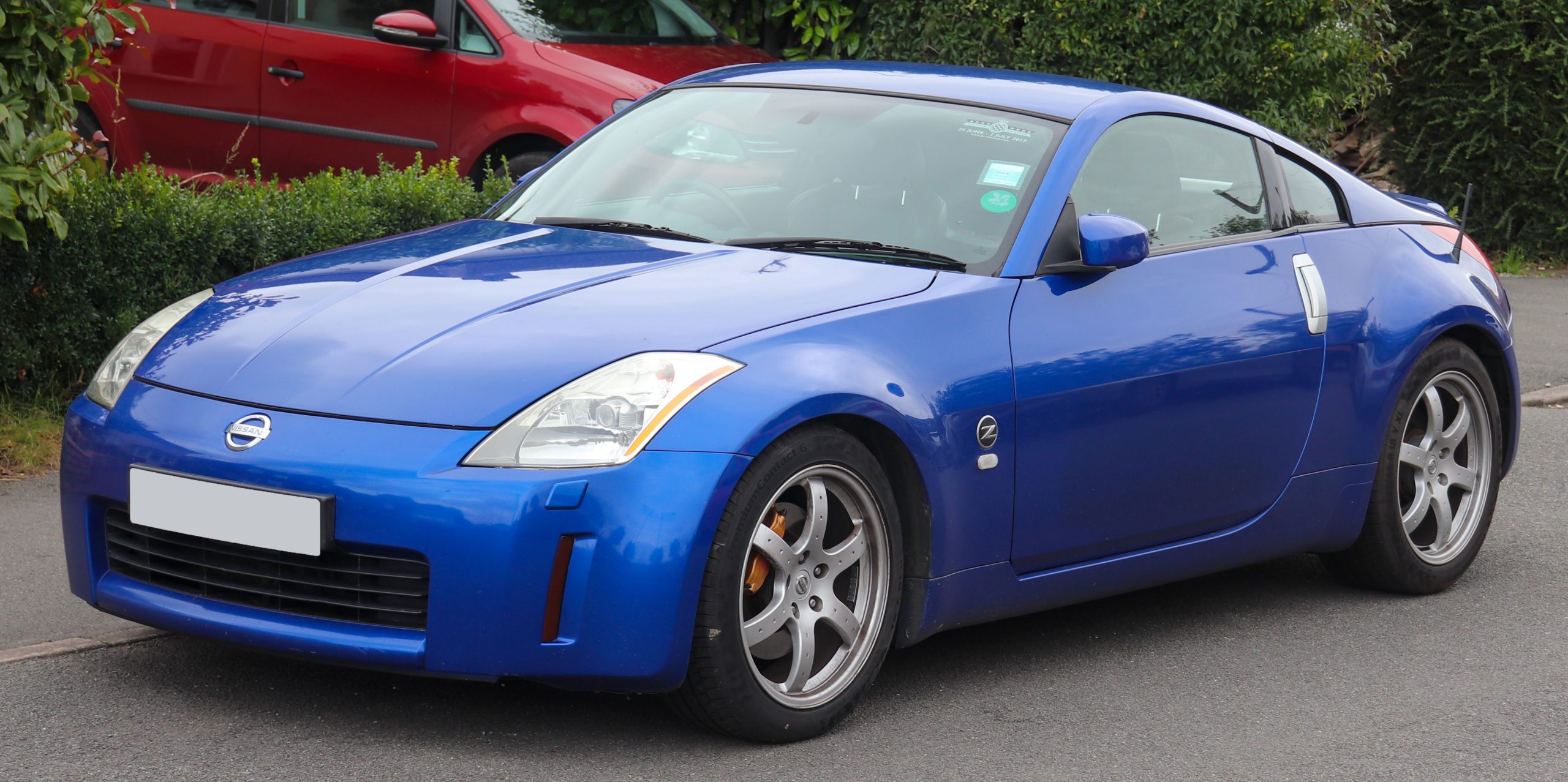
2002–2006 Nissan 350Z
The Nissan 350Z was a big deal when it launched, reviving the Z-car lineage with modern flair and aggressive styling. Initially praised for its muscular fenders, sloped roofline, and wide stance, the 350Z looked futuristic and purposeful. But that same brashness hasn’t aged well.
As the years passed, what once seemed sleek now often appears bulky and overstyled. Its large headlights and taillights, which felt edgy in 2002, now scream “early 2000s.”
Part of the problem lies in how the 350Z was designed to feel “modern” for its time, using sharp creases and exaggerated curves. But unlike timeless sports cars that prioritize proportion and subtlety, the 350Z’s aesthetic leans heavily on visual drama.
That approach often fails the test of time, especially when newer cars arrive with sleeker, more refined design languages. Compared to today’s sports coupes, the 350Z can look oddly proportioned—too high, too short, and a little awkward.
The interior hasn’t aged much better. With thick plastics, oversized dials, and a cluttered center stack, the cockpit feels unmistakably dated today. The result is a car that, despite its strong performance heritage, looks like it belongs in a used car lot rather than a collector’s garage. It was a bold effort in its time, but bold doesn’t always age gracefully.
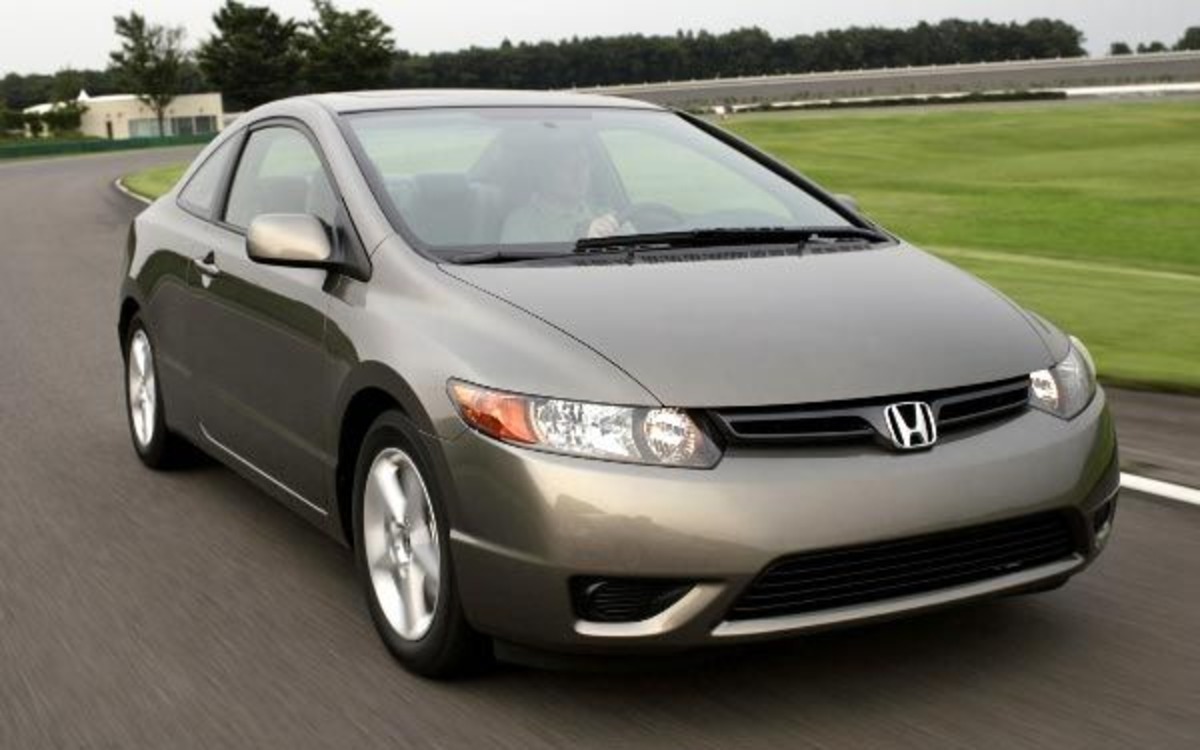
2006–2011 Honda Civic (Eighth Generation)
The eighth-generation Honda Civic was a radical departure from its predecessors. With its sweeping windshield, low cowl, and spaceship-like dashboard, it was clearly aiming for a futuristic vibe. Initially, that gamble seemed to pay off—people appreciated its forward-thinking design and modern feel. But just a few years in, the styling began to feel awkward and out of sync with evolving trends. The sloped front end and oddly proportioned body gave the car a jellybean-like profile that aged poorly.
On the inside, the Civic doubled down on the space-age look with a two-tier digital dashboard that polarized buyers. What once felt high-tech now comes across as gimmicky and overly complex. In hindsight, it seems like Honda bet too hard on futuristic appeal at the expense of timeless simplicity. The result? A design that looked out of date well before the model was even replaced.
The irony is that the Civic has always been known for understated practicality. The eighth-gen version strayed from that identity, and it shows in how it’s perceived today. Later generations returned to more balanced, cleaner styling—and it’s easy to see why. While the car still performs well, its styling hasn’t held up, making it one of the most visually dated Civics to date.
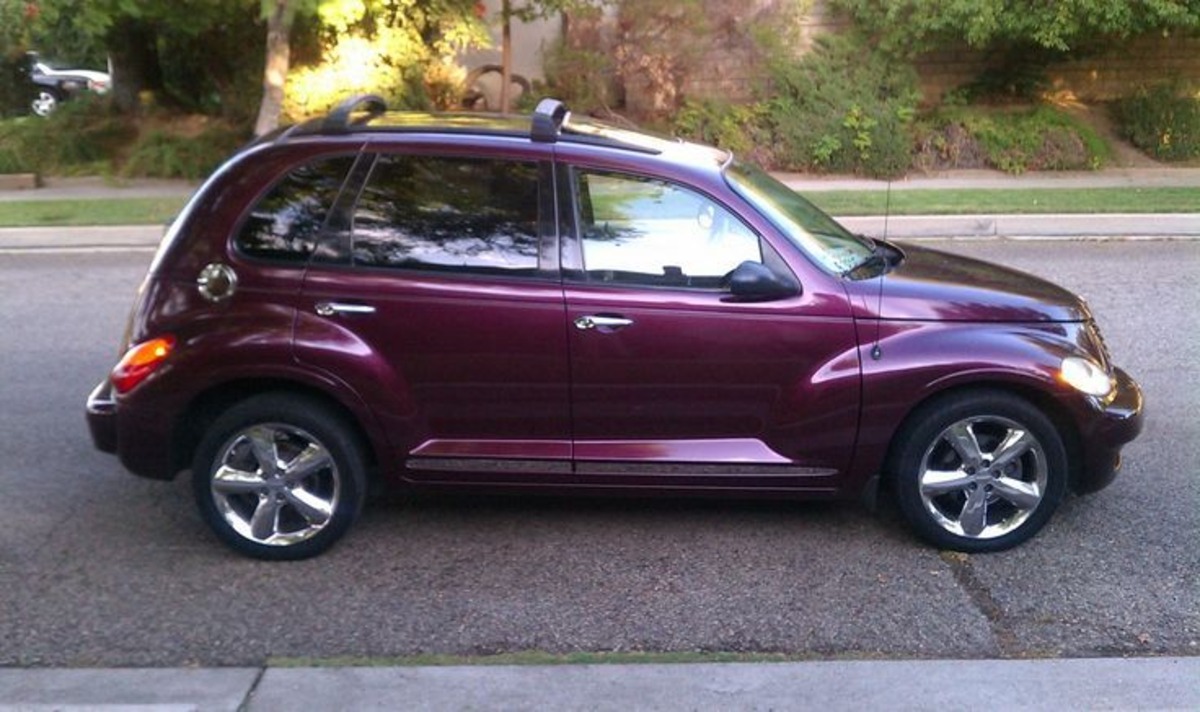
2001–2007 Chrysler PT Cruiser
Few cars scream “stuck in time” quite like the Chrysler PT Cruiser. Introduced with a burst of retro enthusiasm, it attempted to blend 1930s styling with early-2000s practicality. Initially, it was a hit—people loved the nostalgic nods and quirky character.
But almost immediately after its popularity spike, the PT Cruiser began to feel like a novelty car that had overstayed its welcome. Its high roofline, bulbous fenders, and oversized headlights quickly went from cool to cartoonish.
The problem with retro design is that it walks a fine line between charming and cheesy. The PT Cruiser often crossed that line. Its exaggerated proportions and vintage cues didn’t blend naturally with contemporary details like plastic trim and clunky wheels. Once the novelty wore off, the car’s flaws became more apparent. It wasn’t particularly fast, luxurious, or sporty, so the dated styling became its defining trait.
Worse yet, the PT Cruiser’s interior aged poorly. Cheap materials, gaudy color options, and a dashboard that looked lifted from a toy car didn’t help its case. While it holds some nostalgic charm today, it’s mostly as an oddball rather than a respected classic. It’s a perfect example of a vehicle that aged itself the moment it tried too hard to look “old-school.”
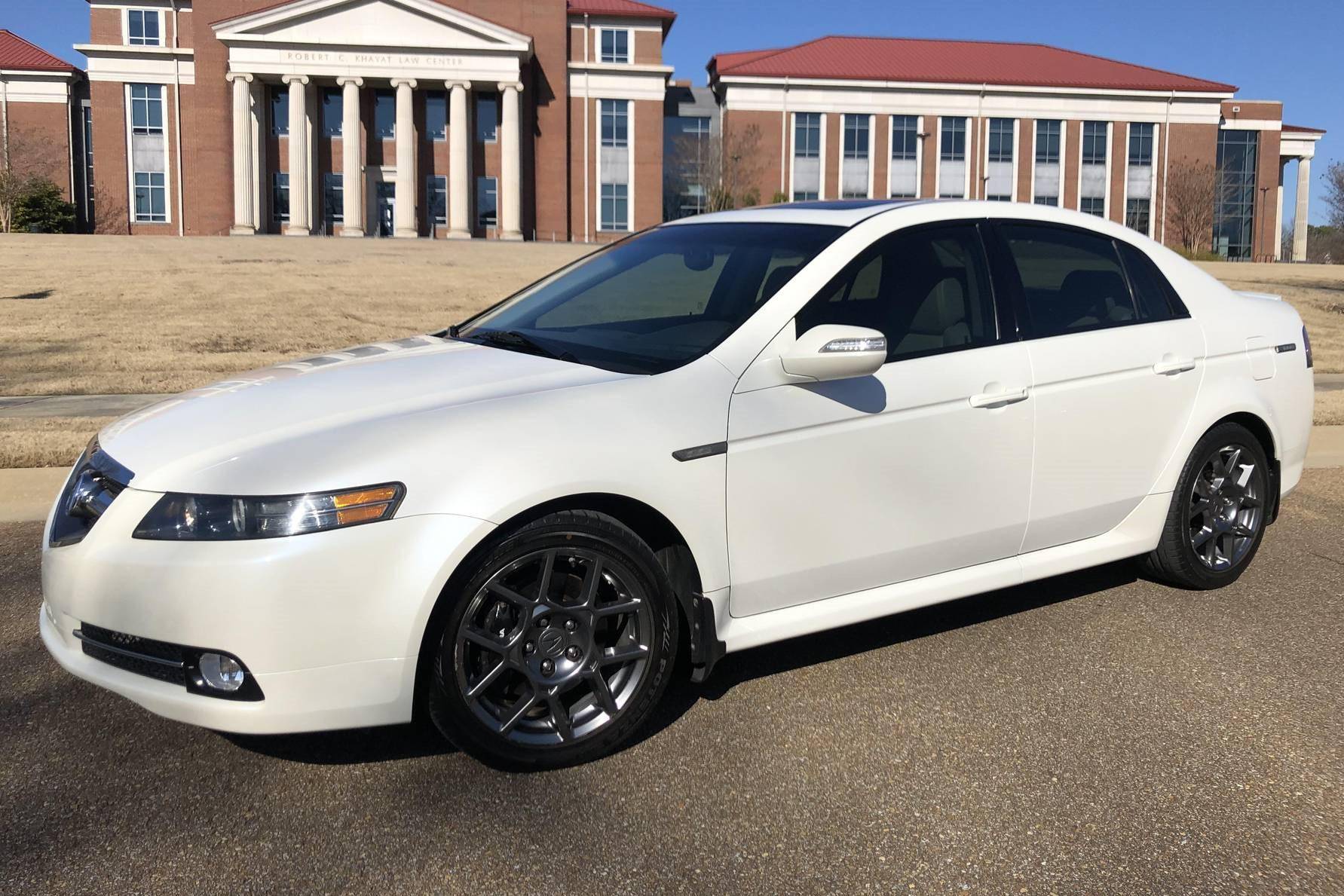
2009–2014 Acura TL (Fourth Generation)
The fourth-generation Acura TL marked a low point in Honda’s premium styling efforts. With its oversized “shield” grille—quickly dubbed the “beak” by critics—and angular body lines, the TL tried to be bold and sporty but came off looking forced and awkward. The grille dominated the front end in a way that alienated longtime Acura fans. While the car itself was solid and well-equipped, its styling aged like milk.
As time passed, the TL’s sharp creases and clunky rear end only became more jarring. The design didn’t harmonize—it looked as though different departments worked on each part of the car in isolation. The rear quarter had a bloated appearance, and the chrome-heavy detailing made the car feel unnecessarily flashy, especially when rivals were leaning toward cleaner and more refined looks.
The TL’s interior, while luxurious, also suffered from over-design. Sharp angles, oddly shaped buttons, and overly busy layouts gave it a dated cockpit feel within just a few years. It’s a car that looks distinctly “early-2010s,” and not in a good way. Acura eventually walked back many of these design decisions in later models, suggesting they, too, realized the TL’s aesthetic had not aged well.
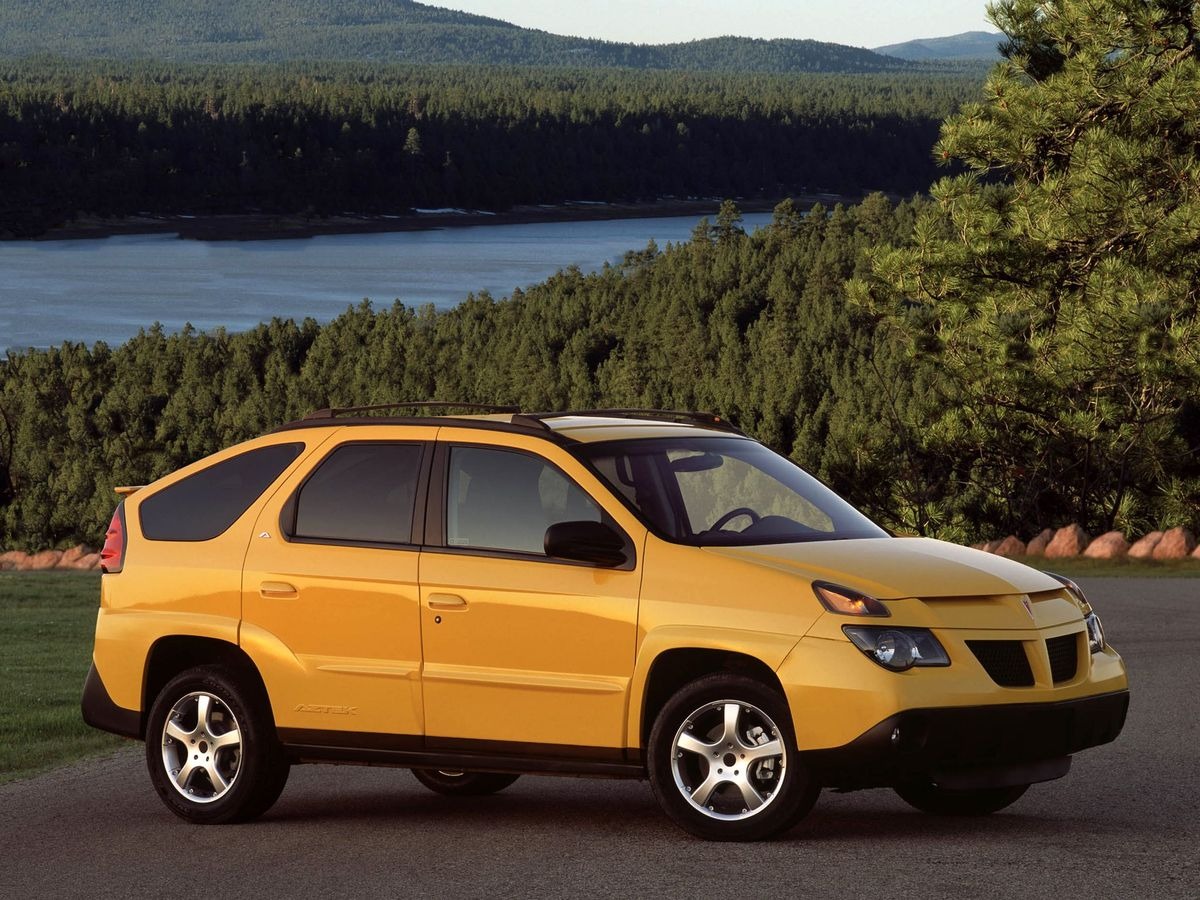
2001–2006 Pontiac Aztek
No list of fast-dating cars would be complete without the Pontiac Aztek. Arguably one of the most controversial designs in modern automotive history, the Aztek was a bold but bizarre attempt at a crossover. With its split-level body lines, stubby nose, plastic cladding, and mismatched angles, it looked unlike anything else on the road—and not in a flattering way. While it did gain some cult popularity (especially after its appearance in Breaking Bad), the Aztek remains a textbook case of a car that aged poorly.
The design tried to blend SUV utility with futuristic styling, but the execution was off. The headlights looked like squinting eyes, the rear end seemed like an afterthought, and the shape was boxy in all the wrong ways. What might have passed as quirky in the early 2000s quickly became an object of ridicule by mid-decade. Even GM seemed to acknowledge this by rapidly rethinking their crossover design language.
Today, the Aztek is more of a cultural footnote than a design icon. It occasionally pops up in “so bad it’s good” conversations, but nobody argues that it looks better with age. Its design flaws were visible from the start, and time has only magnified them. The Aztek may be functional, but its styling was dated before it even hit showrooms.
Also Read: 10 Cars That Can Run Up to 250,000 Miles Without Major Repairs
Design is one of the most powerful yet often underestimated aspects of vehicle longevity. While powertrains can be rebuilt and technology can be updated, a car’s aesthetic presence is permanent—it’s the first and last impression a vehicle makes.
The cars that age well manage to tap into something fundamental: they avoid excessive styling, gimmicks, or trend-chasing in favor of clean lines, proportional balance, and visual clarity. These vehicles—like the Porsche 911, Land Rover LR4, and Honda S2000—prove that good design doesn’t need to scream to be memorable. Their elegance is subtle, their intentions pure, and their proportions purposeful. That’s why they still turn heads decades later.
The longevity of a vehicle’s looks also impacts its cultural relevance and desirability. A well-aged car tends to hold its value better, attract a more loyal enthusiast base, and even benefit from increased aftermarket support over time.
Owners of timeless vehicles often take more pride in them, investing in upkeep because they recognize their lasting appeal. Collectors and automotive purists gravitate toward these designs because they still evoke emotion and admiration long after their production lines shut down. It’s not just about nostalgia—it’s about enduring beauty and design integrity.
In contrast, vehicles that age poorly often become footnotes or punchlines. The Pontiac Aztek and Honda Civic (eighth generation) are cases in point: bold at launch, but quickly overtaken by more refined competitors.
When a vehicle is heavily influenced by transient design fads—whether it’s oversized grilles, awkward headlights, or clunky body lines—it tends to lose visual relevance almost immediately.
These cars not only date themselves but also reflect a kind of design desperation: an attempt to be seen rather than an effort to endure. Manufacturers learn from these missteps, which is why later generations often retreat to more conservative or timeless aesthetics.
Ultimately, great automotive design is about more than looking good in the moment—it’s about aging with grace, evolving without compromise, and continuing to inspire. The best designs feel like they were destined, not just drafted. As consumers, enthusiasts, and admirers, we respond to that.
We remember the cars that looked right from the beginning and never stopped looking right. And those are the vehicles that, no matter their age, never seem out of place on the road or in our memories.

